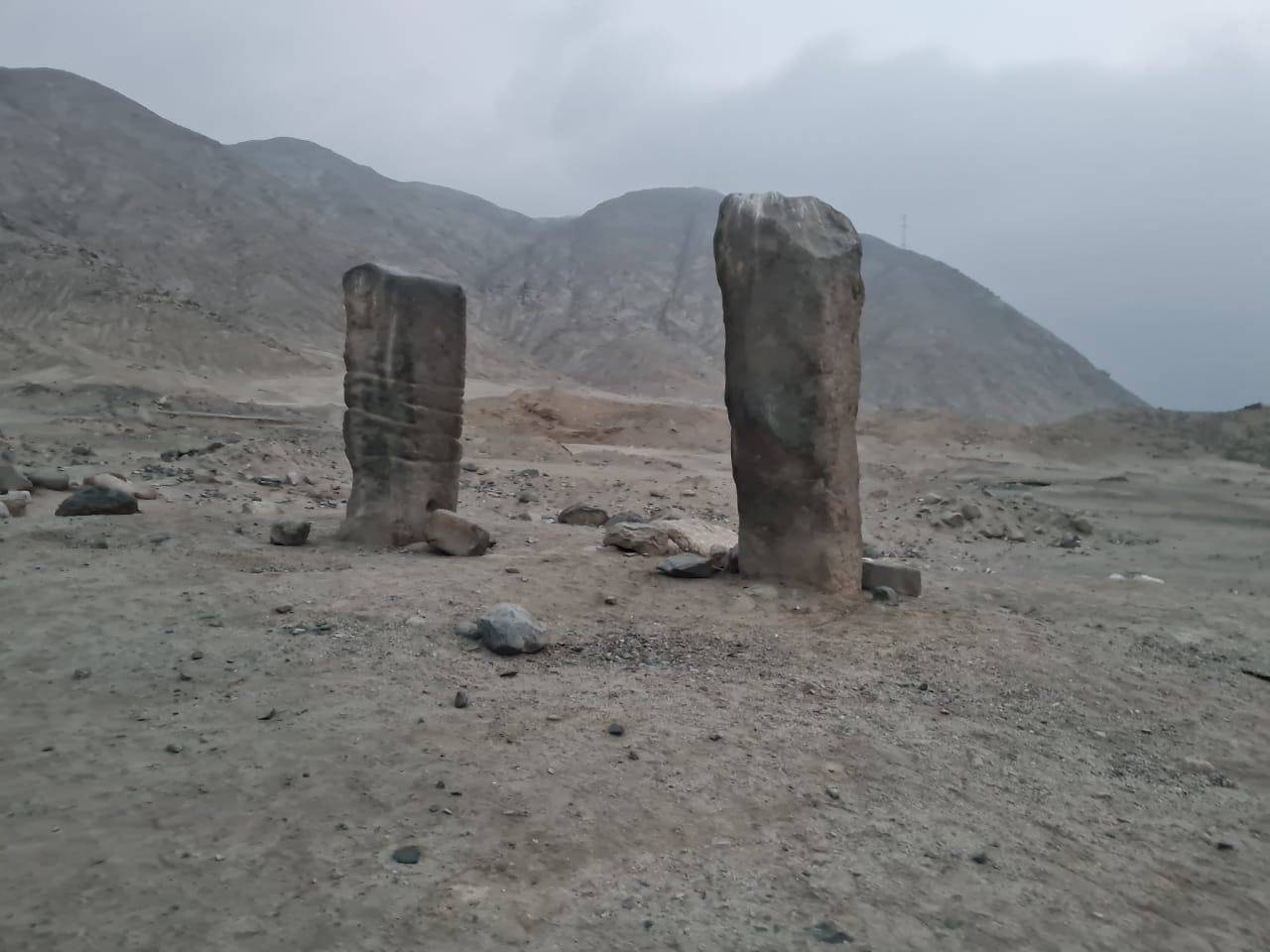The Archaeological Significance of Huaricanga
Huaricanga, a small town situated on the border of the departments of Áncash and Lima, 21 kilometers from the city of Paramonga, has recently come into the spotlight for its archaeological significance. This town, primarily known for its agricultural activities supported by the Fortaleza River and an irrigation canal, harbors a rich history that dates back over 5,000 years.
Get your dose of History via Email
Early Settlements and Architectural Developments
Research conducted in the Norte Chico region, encompassing the valleys of Huaura, Supe, Pativilca, and Fortaleza, has unveiled that Huaricanga’s origins trace back to the Preceramic – Late Period. This era is characterized by the development of complex monumental architecture and sunken plazas, akin to those found in Caral and neighboring areas such as the Pativilca valley. The architectural patterns and the societal organization of these settlements indicate a highly complex society with class divisions, political hierarchies, and specialists.
Archaeological Discoveries and Challenges
The archaeological site of Huaricanga has revealed pyramidal mounds and other significant vestiges of an ancient civilization. Carbon-14 dating of materials from this site has shown an age of 3000 years BC, suggesting that the society of Huaricanga predates that of Caral. However, the preservation of these archaeological remains has faced challenges due to apathy from authorities and damage from looters. In 1999, the construction of the Huaraz highway led to the emergence and subsequent damage of archaeological remains by heavy machinery. Despite these challenges, the Huaricanga Archaeological Complex has been declared an intangible archaeological zone and cultural heritage of the Nation by the National Technical Commission of Archeology of the National Institute of Culture.
The Norte Chico Archaeological Project
The Norte Chico Archaeological Project, led by North American archaeologist Jonathan Haas and Peruvian archaeologist Álvaro Ruiz Rubio, aims to document the cultural sequence in the Norte Chico Area. This project is significant as it includes the earliest evidence of monumental architecture in the Americas and marks the transitional zone between the northern and southern zones of cultural influence through time. The project employs a new survey methodology developed for the Andean terrain, utilizing digital photography and a Geographical Information Systems (GIS) database for recording sites. This comprehensive approach aims to establish the cultural sequence of the area by integrating a wide variety of information, including archaeological site survey data, flora and fauna mapping, and archaeological excavation data.
Conclusion
Huaricanga stands as a testament to the rich prehistoric culture of the Norte Chico region. Despite the challenges faced in preserving its archaeological heritage, ongoing research and documentation efforts continue to shed light on the complex societal structures and architectural achievements of its ancient inhabitants. The findings from Huaricanga not only contribute to our understanding of early civilizations in the Americas but also underscore the importance of protecting and studying our archaeological heritage.
Sources:

